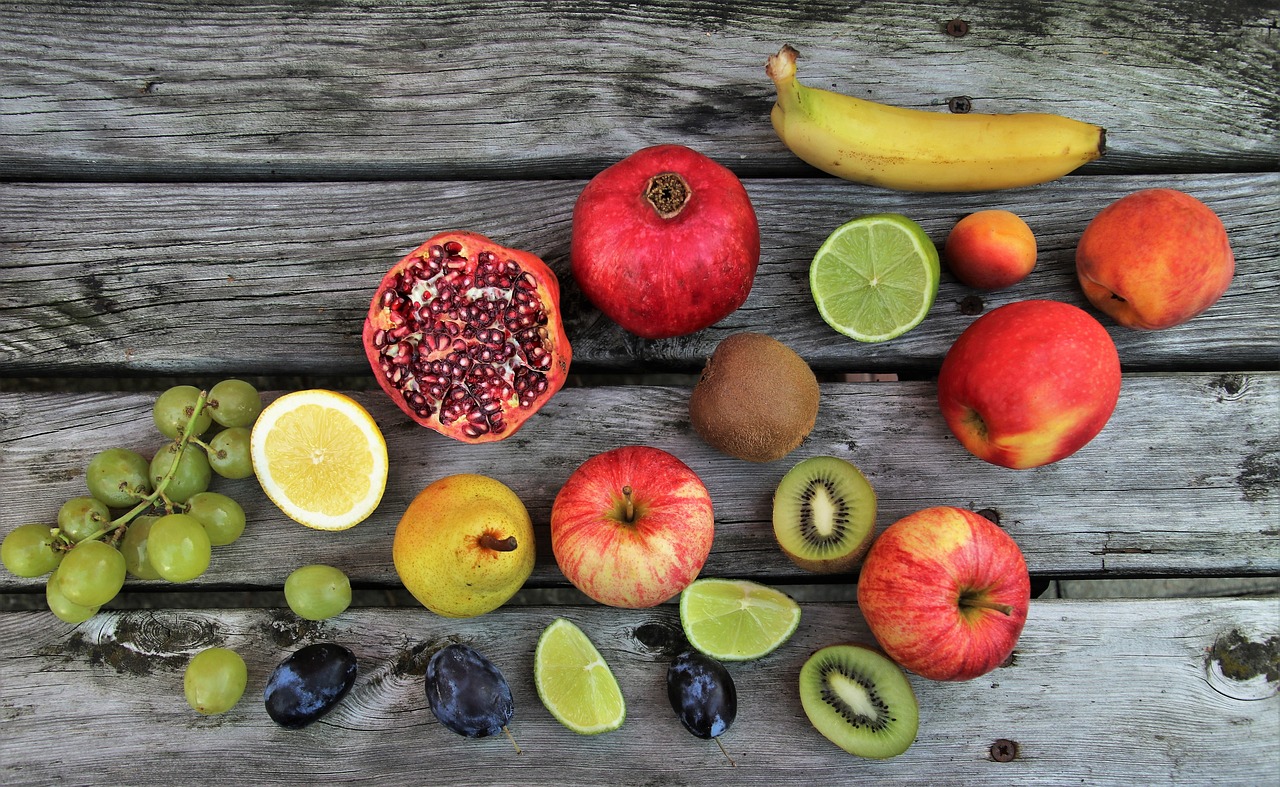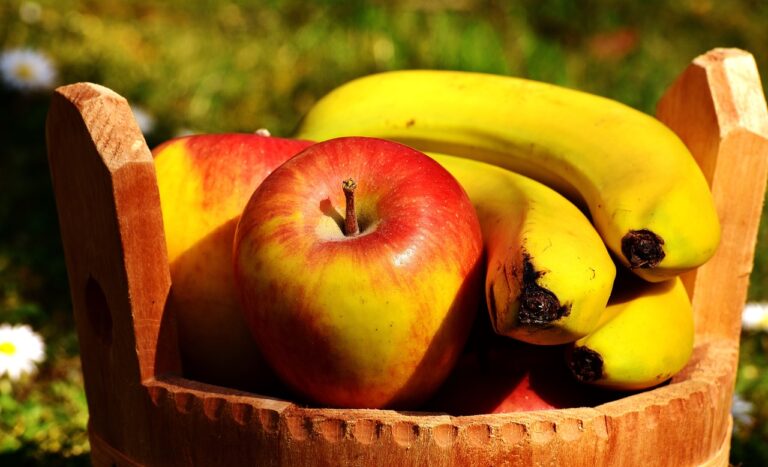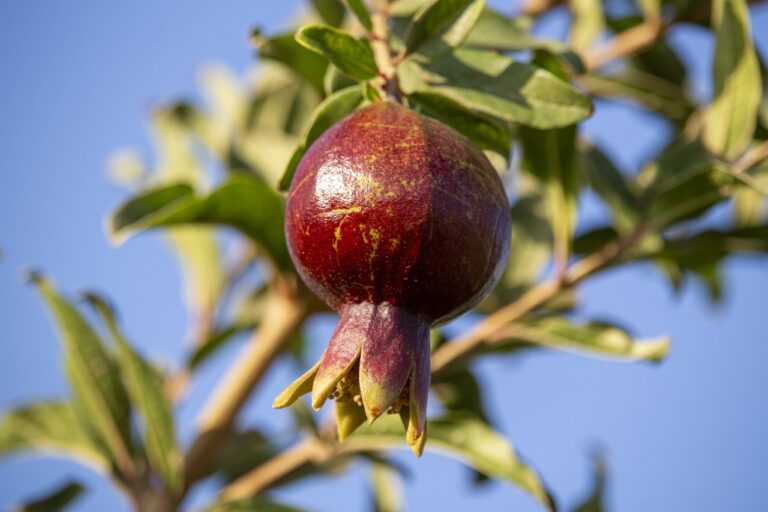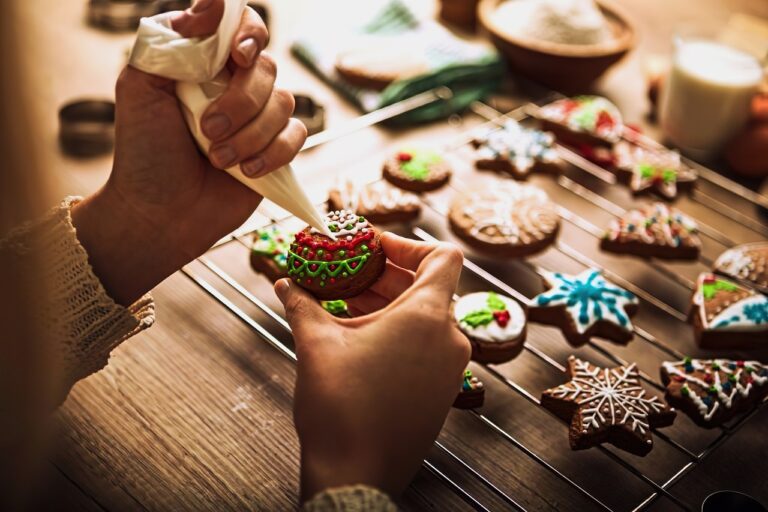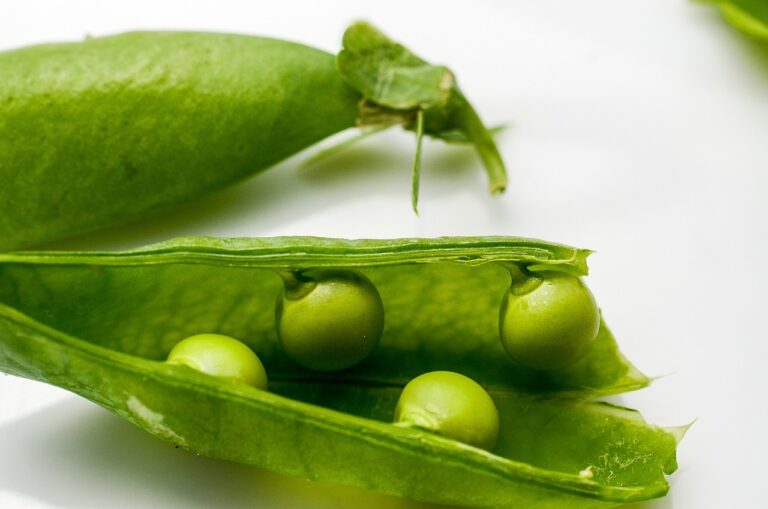The Art of Food Plating: Creating Visual Masterpieces
When it comes to food, our senses play a crucial role in the overall dining experience. While taste and aroma are primary factors, visual appeal should not be underestimated. The presentation of a dish can significantly impact our perception of its taste and quality. When food is beautifully plated, it stimulates not only our taste buds but also our eyes, enhancing the overall enjoyment of the meal.
The effort put into arranging food on a plate demonstrates the care and attention to detail that have gone into its preparation. Well-presented dishes can evoke feelings of excitement and anticipation before even taking the first bite. Additionally, aesthetically pleasing food presentation can elevate a dining experience, making it more memorable and satisfying.
The Basics of Plate Composition
Plating a dish is an art form that goes beyond just arranging food on a plate; it is about creating an experience for the diner. One of the most basic principles of plate composition is to consider the visual appeal of the dish. This involves balancing colors, textures, and shapes to create a visually pleasing presentation.
In addition to visual appeal, the placement of each component on the plate should be intentional and purposeful. By strategically positioning different elements, such as proteins, vegetables, and sauces, you can guide the diner’s eye and create a sense of harmony on the plate. Each element should be given space to shine while also working together to create a cohesive and balanced overall design.
Why does food presentation matter?
Food presentation matters because it can enhance the dining experience, make the dish more visually appealing, and even influence the perception of taste.
What are the basics of plate composition?
The basics of plate composition include balancing colors, textures, and heights on the plate, as well as considering the size and shape of the plate itself.
How can I balance colors on a plate?
To balance colors on a plate, try to include a variety of colorful ingredients that complement each other. Avoid using too many colors that clash or overwhelm the dish.
What should I consider when balancing textures on a plate?
When balancing textures on a plate, consider incorporating a mix of crunchy, creamy, and tender elements to create a satisfying eating experience.
How can I create height on a plate?
You can create height on a plate by stacking or layering ingredients, using garnishes like herbs or microgreens, or placing taller elements towards the back of the plate.
Why is the size and shape of the plate important?
The size and shape of the plate can impact the visual presentation of the dish. Choosing the right plate can help showcase the food in the best possible way.
How can I improve my plate composition skills?
To improve your plate composition skills, practice arranging and plating dishes, study food styling techniques, and experiment with different combinations of colors, textures, and shapes.

